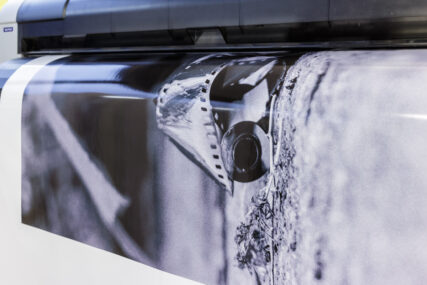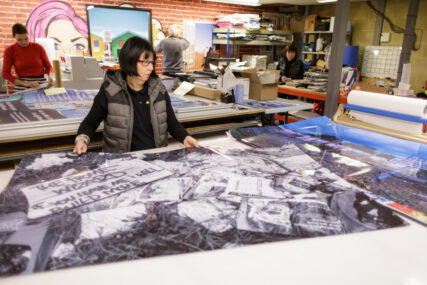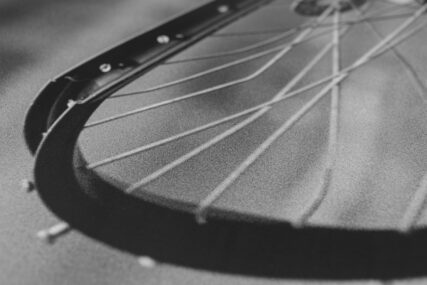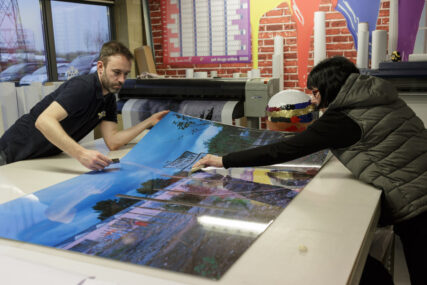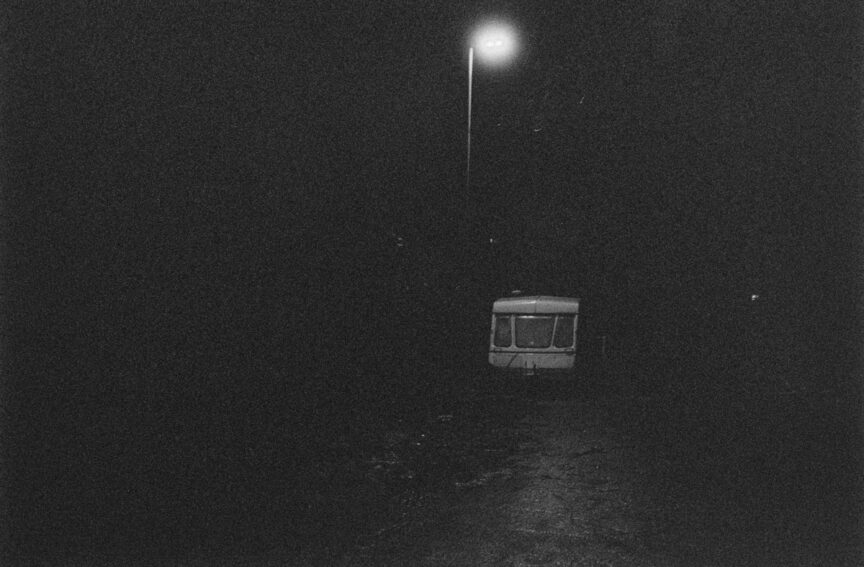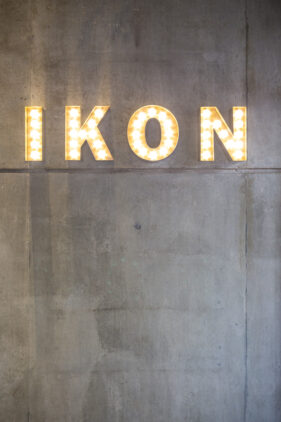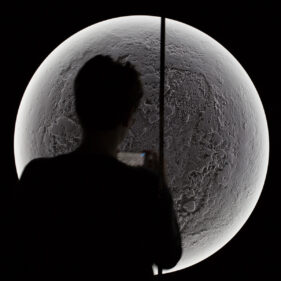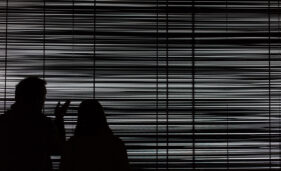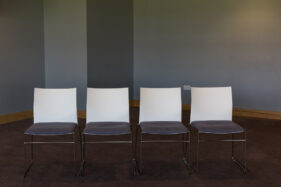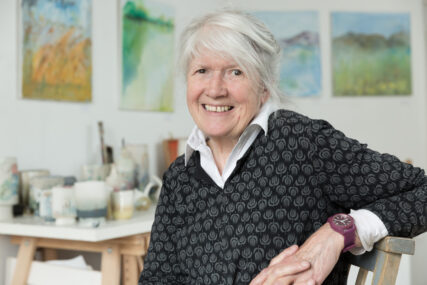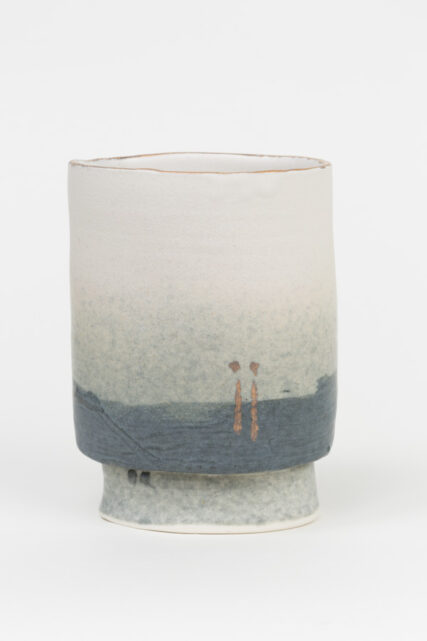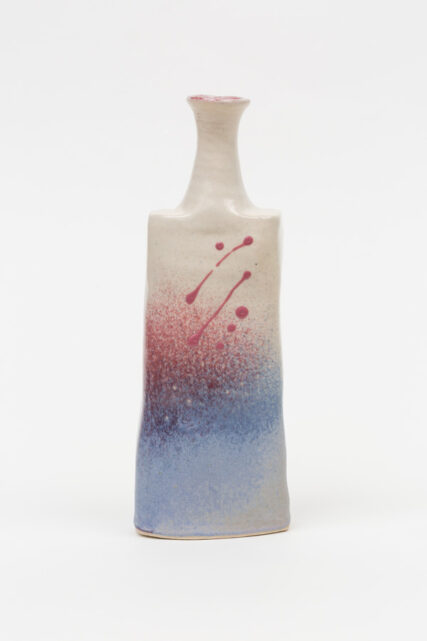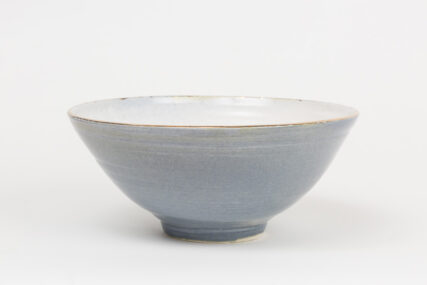As Bowie never sang, “It’s a crash course for the ravers, it’s a dri-i-i-ive-in photo exhibition.”
So having crammed another Bowie reference into a blog post like pushing a banana through a keyhole, what I’m trying to explain here is that I’m massively thrilled to announce that tomorrow sees the launch of my first solo exhibition in an open-air space. To be precise, it’s a car park, making this the world’s first drive-in photo exhibition.
Now, don’t ruin it for me by googling this and finding one already exists, I did search and the closest I found was an underground car park ramp to some billionaire’s posh residence with walls lined with priceless paintings. That doesn’t count.
This all started a few months ago when I approached Mendip District Council (owners of the Saxonvale site) to see if there was any way I could continue documenting the site since they’d made it secure. The timing of my contact was perfect – someone in the council had seen What Happened Here and decided some of the photos would look great on the site hoardings, so we looked at various possibilities from a few different angles and came up with a plan.
Mendip council officers agreed to go ahead with the project and I re-scanned the chosen images since they were going to go big, and I mean VERY big.
Two days ago I visited the very excellent Compugraphic in Frome to see some of the prints coming off their large-format printer ready to be mounted on aluminium composite board; thirteen images in total, 1.5 x 1 metre in size with two of them 1 metre square format. In other words, really huge prints and certainly larger than I’d ever had anything printed before.
I’d been concerned that I couldn’t supply good enough files for such enlargement, but when I saw the prints I nearly cried! They look fantastic, and where I’d been thinking that viewing distance would make up for any loss in quality, I’ll be happy for visitors to walk right up to these. They’ll be able to dive right into the grain of the images.
The panels will be displayed on hoardings in the Merchants Barton car park in the town centre for at least the next few months, so if you do happen to be in the area I hope you’ll check it out. You can find out even more from Mendip’s press release here.
In the meantime, this may well be my final post of 2019 as Project Bunker is overrunning and I’m on a deadline to transfer my office into it by the end of December.
So I’ll take this opportunity to thank you, my clients, my friends, colleagues and suppliers for making 2019 a pretty good year, with an extra special thank you to Naomi and her colleagues at Mendip District Council for rounding it off so spectacularly for me.
Oh and with regards the continued access to the Saxonvale site, we’ll see. I’m doubtful at this stage, but you never know, it could be what keeps me busy in 2020.

